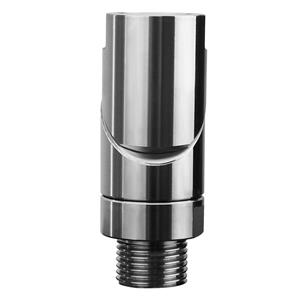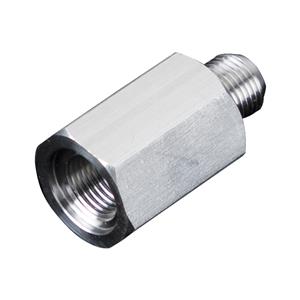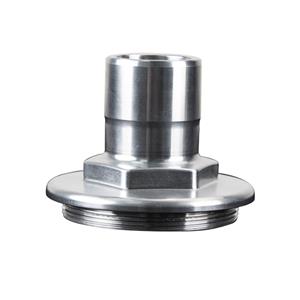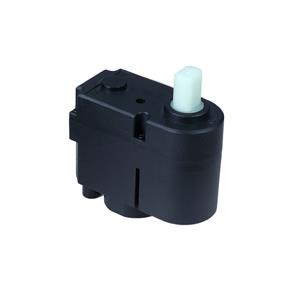Aluminum Die Casting Process
Aluminum Die Casting Process
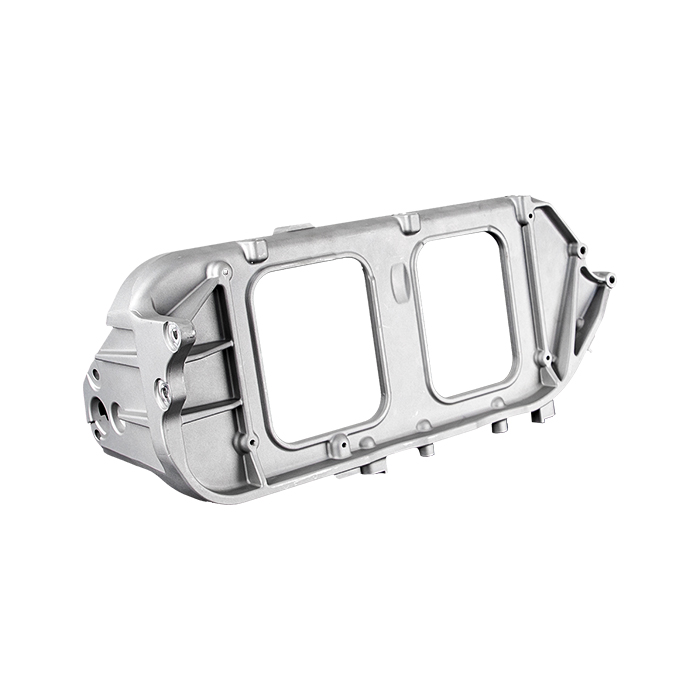
Aluminum die castingis a manufacturing process used to produce complex, high-quality metal parts by injecting molten aluminum into a reusable mold or die under high pressure. It's a widely used method for producing components in various industries, including automotive, aerospace, electronics, and consumer goods. Here are the key steps involved in the aluminum die casting process:
Design and Mold Preparation:
The process begins with the design of the part that needs to be manufactured. Engineers create detailed CAD (Computer-Aided Design) models and specifications.
A mold or die is then created based on the design. The mold is usually made from high-quality steel and consists of two parts: the stationary half (the "cover die") and the movable half (the "ejector die").
Melting Aluminum:
High-quality aluminum alloy pellets are melted in a furnace at temperatures ranging from 650°C to 725°C (1200°F to 1330°F) depending on the specific alloy being used.
Injection of Molten Aluminum:
The molten aluminum is injected into the die cavity under high pressure, typically ranging from 10,000 to 30,000 psi (70 to 210 MPa). This pressure ensures that the aluminum flows into all the intricate details of the mold.
Cooling and Solidification:
After injection, the aluminum quickly cools and solidifies within the mold. The cooling time is controlled to ensure that the part solidifies properly and maintains its structural integrity.
Ejection of the Casting:
Once the aluminum has solidified, the two halves of the mold are separated. The ejector pins are used to push the casting out of the mold.
Trimming and Finishing:
The casting may have excess material, called flash, around its edges that needs to be removed. This is typically done by trimming or cutting.
Additional finishing processes such as machining, deburring, or surface treatment (e.g., painting, powder coating) may be performed to achieve the desired final product specifications and appearance.
Quality Control:
The castings are inspected for defects such as porosity, surface imperfections, and dimensional accuracy. Any defective parts are either reworked or scrapped.
Reusing the Mold:
The mold is reusable and can be used to produce more parts. Proper maintenance and cleaning of the mold are essential to ensure the quality of subsequent castings.

